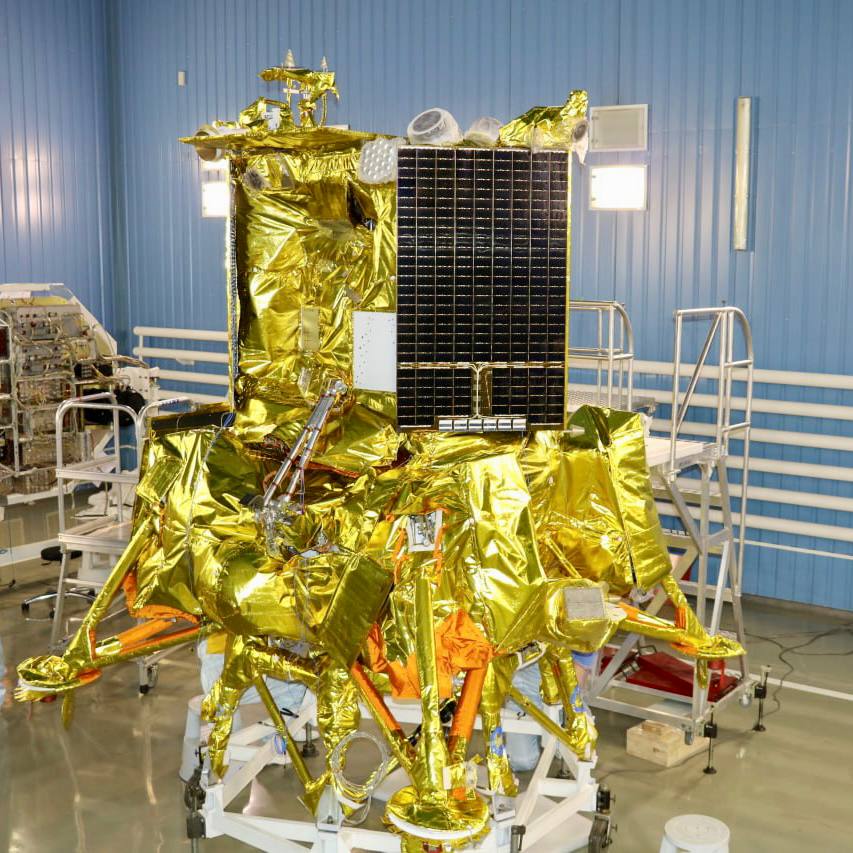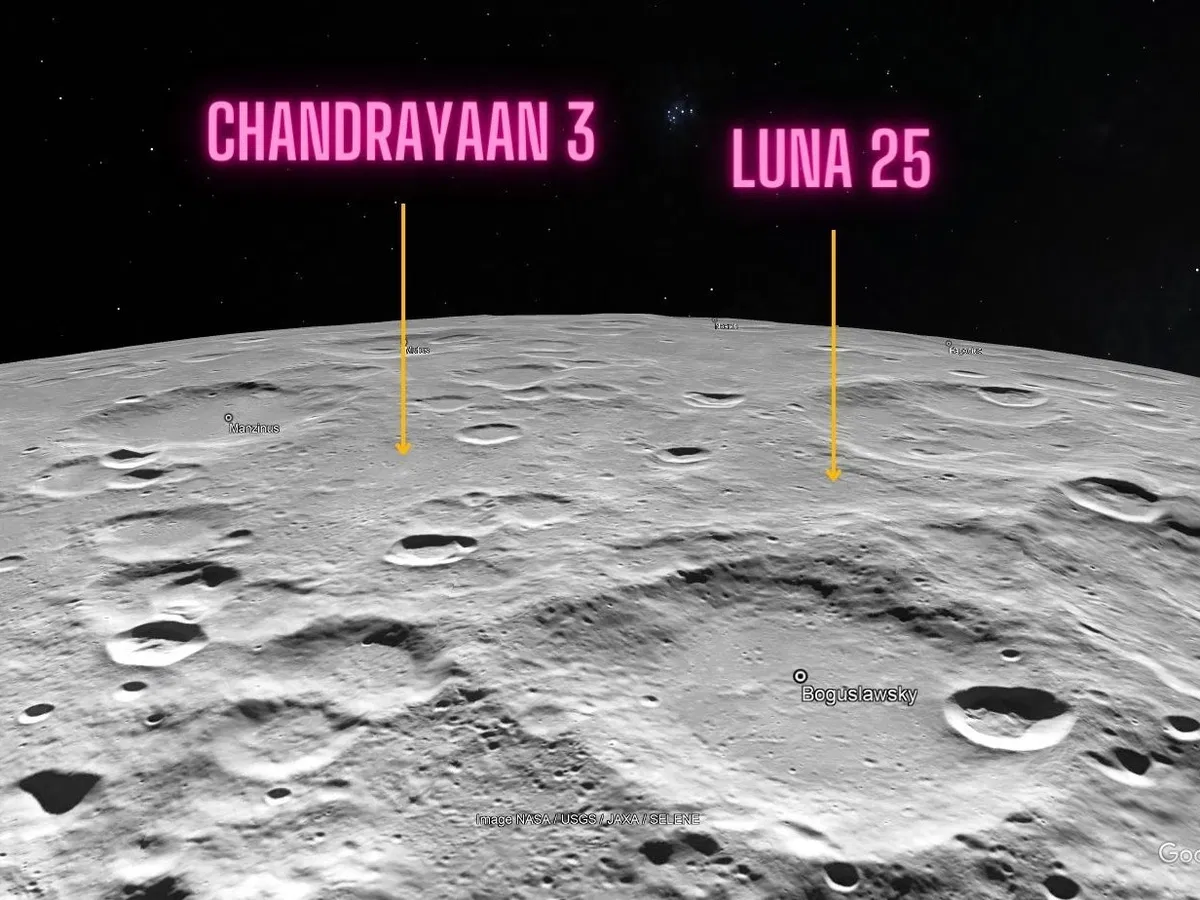On August 11, a Soyuz 2.1b rocket was launched from the Vostochny cosmodrome. It put the Luna-25 interplanetary vehicle into orbit.
Luna-25 History
The development of the concept of the Russian lunar mission began back in the noughties. Initially, it was a very ambitious project involving the creation of a network of seismic stations on the Moon. However, due to the lack of necessary funding and the degradation of the Russian space industry, it has undergone many changes, significantly losing in scale. In 2013, the project was revived under the name “Luna-25”. It was announced that the automatic scout will go into space in 2016.

However, Luna-25 was not launched in 2016, 2018, or 2020. Constant postponements led to the fact that all foreign partners gradually withdrew from the project — first India, which initially planned to provide its rocket for the mission, and then Sweden. The LINA-XSAN device, built by Swedish scientists, was removed from Luna-25, and eventually installed on the Chinese Chang’e-4 spacecraft. And after the start of the large-scale Russian invasion of Ukraine, ESA also refused any cooperation with Russia. After that, the Pilot-D navigation camera built by European engineers was removed from Luna-25.
In the end, the specialists still managed to prepare the long-suffering spacecraft for launch. It went into space on August 11.
Luna-25 vs Chandrayaan-3
Luna-25 will try to land near the Boguslawsky crater. Russian propaganda proudly says that the spacecraft will land at the South Pole. But in reality, the landing should take place at a point with coordinates 69°5′ S and 43°5′ E, which, of course, is quite far from the South Pole.

If Luna-25 survives the landing, the spacecraft will have to study the regolith to search for traces of water. According to the designers, it is designed for a nominal service life of one year.
Luna-25 is often compared to the Indian mission Chandrayaan-3. They are united by the fact that they will try to land in the southern circumpolar region of the Moon. The distance between the planned landing site of Chandrayaan-3 and Luna-25 is 120 km. In addition, they will take place with a difference of only one day. Chandrayaan-3 is scheduled to land on August 23. Luna-25 will try to land on the night of August 21-22. Most likely, this is not an accident. It can be assumed that, in the absence of other achievements, Russian leaders have instructed Roscosmos to at least overtake India.
But if we compare the two missions, it becomes obvious that, from a technological point of view, the Indian one is much more complex than the spacecraft that the “leading space power” could not launch for almost twenty years. Luna-25 is an attempt to copy the developments of the Soviet program “Luna”. Its mass is 1,750 kg, of which the payload is less than 30 kg. Due to mass limitations, the Russian mission does not have an orbital repeater. The transmission of information should be carried out directly to Earth, which is not so effective.
In turn, Chandrayaan-3 has a much more complex design. It consists of a 2,148-kilogram flight module, which will remain in lunar orbit and will act as a repeater, and a 1,752-kilogram descent platform. Its payload is represented not only by scientific instruments, but also by a 26-kilogram lunar rover.
The main question now is the success of the landing. Recall that due to a software failure, the landing platform of the predecessor Chandrayaan-3 crashed in 2019. In turn, Russia’s ability to repeat the old Soviet achievements also raises legitimate questions. In this regard, it is too early to make any predictions about which of the missions will be successful.
Follow us on Twitter to get the most interesting space news in time
https://twitter.com/ust_magazine
